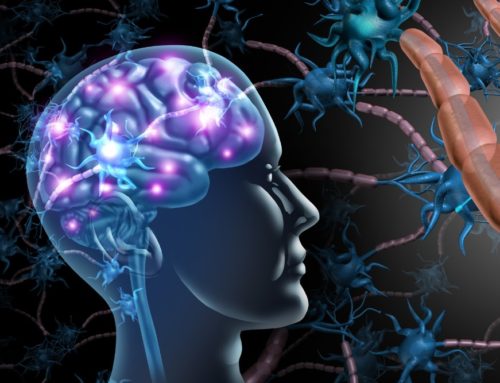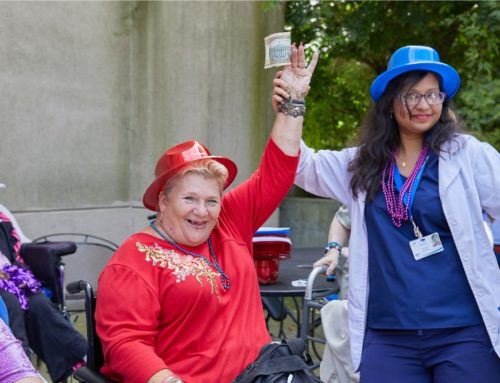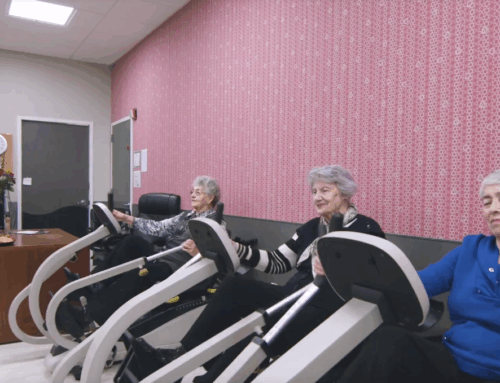What is the Reason for Blood Clots
Damaged blood vessels bleed, requiring coagulation to stop the flow. Platelets and proteins combine to create blood clots, which dissolve as the area heals. Unfortunately, the process isn’t always so smooth, allowing those clots to stay put or form where they aren’t needed. Though unexpected, such occurrences have several possible causes and could be prevented with the right diagnosis and treatment.
One common issue associated with blood clots is reduced blood flow, which is often improved with exercises and physical therapy. Physical therapists assess each person’s risk and watch for common symptoms, including pain and swelling. They also create an exercise program to match your goals and limitations to increase circulation safely. Learning the possible causes of coagulation is vital to prevent complications, which we’ll discuss below.

Causes of Blood Clots
The most common cause of clotting issues is aging, which isn’t something you can avoid. Over time, coagulation proteins and platelet activity increase, though anti-coagulation factors do not. These alterations increase the risk of clots in seniors.
Work habits, hobbies, traveling, and sedentary lifestyles often result in sitting for extended periods. Doing so causes slower circulation and allows the blood to settle in the veins, increasing the risk of blood clots.
A blood clotting disorder causes the blood to coagulate at a higher rate. The clot could prevent circulation or come loose, traveling through the vessel to another area. When the latter occurs, the risk of heart attack, stroke, amputation, pulmonary embolism, or deep vein thrombosis increases.
Atherosclerosis results from the plaque buildup in the arteries. Plaque consists of fatty substances in the blood, which collect and harden into a clot, restricting circulation. These develop slowly, so there is no warning, only severe symptoms alerting you to the damage. They often cause pain in the chest, back, or abdomen, cramps in the extremities, or mini strokes.
Experts state approximately 20% of cancer patients experience blood clots. Several factors contribute to increased circulation issues. These include cancer type, treatments, decreased activity, and certain medications. Cancer cells may also produce chemicals that induce clotting, requiring vigilance to prevent related complications.
Alterations in estrogen levels may cause clotting issues in women. During pregnancy, estrogen levels rise, stimulating the production of blood-clotting proteins. This process protects against excessive bleeding during labor or miscarriage but also increases the risk of blood clots.
Some birth control medications increase estrogen in the body, mimicking pregnancy and encouraging similar protein production. Hormone replacement therapy during menopause or gender reassignment may also include taking estrogen. Blood clots could be an unfortunate side effect of both options.
Other possible causes
Tobacco products contain thousands of chemicals and increase the risk of various diseases, including cancer, heart problems, and lung disease. Though not as common, smoking may also cause blood clots and weakened vessels. These could result in stroke, heart attack, and pulmonary embolism.
Prevention
Though it isn’t always possible to prevent blood clots, a few lifestyle changes, monitoring regularly can significantly reduce your risk developing clots.
Stay active, taking breaks from sitting or standing still every hour or more if possible. Exercise regularly, eat a healthy diet with minimal salt, and follow your doctor’s advice about medication and managing medical conditions. Wearing loose-fitting clothing is also beneficial for those trying to avoid clotting issues.
If you are prone to getting this condition or a history of blood clots, regular monitoring and management with the help of your medical professional provider are important. Be aware of symptoms of blood clots, such as swelling, pain, redness, and warmth in the leg or sudden shortness of breath, and chest pain.
Regular medical check-ups can help monitor your risk factors and ensure early detection and management of conditions that increase clot risk.
Lifestyle changes are crucial. Regular exercise improves circulation and reduces the risk of blood clots.
Avoid sitting for extended periods. Stand up, stretch, and move around every hour, especially during long flights or car trips.
Staying hydrated is also important. Drink plenty of water to prevent dehydration, which can thicken your blood and increase clot risk.
Resources:
- PubMed, Dec. 28, 2002, Aging and thrombosis
https://pubmed.ncbi.nlm.nih.gov/12536349/ - CDC, Prevent Blood Clots
https://wwwnc.cdc.gov/travel/page/dvt#:~:text=Sitting%20for%20a%20long%20time,can%20lead%20to%20blood%20clots - Cleveland Clinic, Blood Clotting Disorders (Hypercoagulable States)
https://my.clevelandclinic.org/health/diseases/16788-blood-clotting-disorders-hypercoagulable-states - Penn Medicine, Atherosclerosis
https://www.pennmedicine.org/for-patients-and-visitors/patient-information/conditions-treated-a-to-z/atherosclerosis - Cancer Research UK, Cancer and the risk of blood clots
https://www.cancerresearchuk.org/about-cancer/coping/physically/cancer-and-the-risk-of-blood-clots - Penn Medicine, Evaluating Blood Clots with Birth Control, Pregnancy, and HRT
https://www.pennmedicine.org/for-patients-and-visitors/find-a-program-or-service/hematology/blood-clotting-disorders/risk-assessment-birth-control-pregnancy-hrt#:~:text=The%20chance%20of%20developing%20blood,or%20a%20history%20of%20clotting - Mount Sinai, Risks of tobacco
https://www.mountsinai.org/health-library/special-topic/risks-of-tobacco#:~:text=There%20are%20many%20health%20risks,which%20can%20lead%20to%20stroke - Agency for Healthcare Research and Quality, Your Guide to Preventing and Treating Blood Clots
https://www.ahrq.gov/patients-consumers/prevention/disease/bloodclots.html
This article contains informational and educational materials and does not replace health or medical advice. For questions or concerns regarding your medical condition or health objectives, speak to a qualified physician or healthcare provider.






Leave A Comment